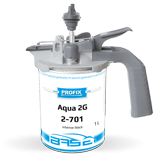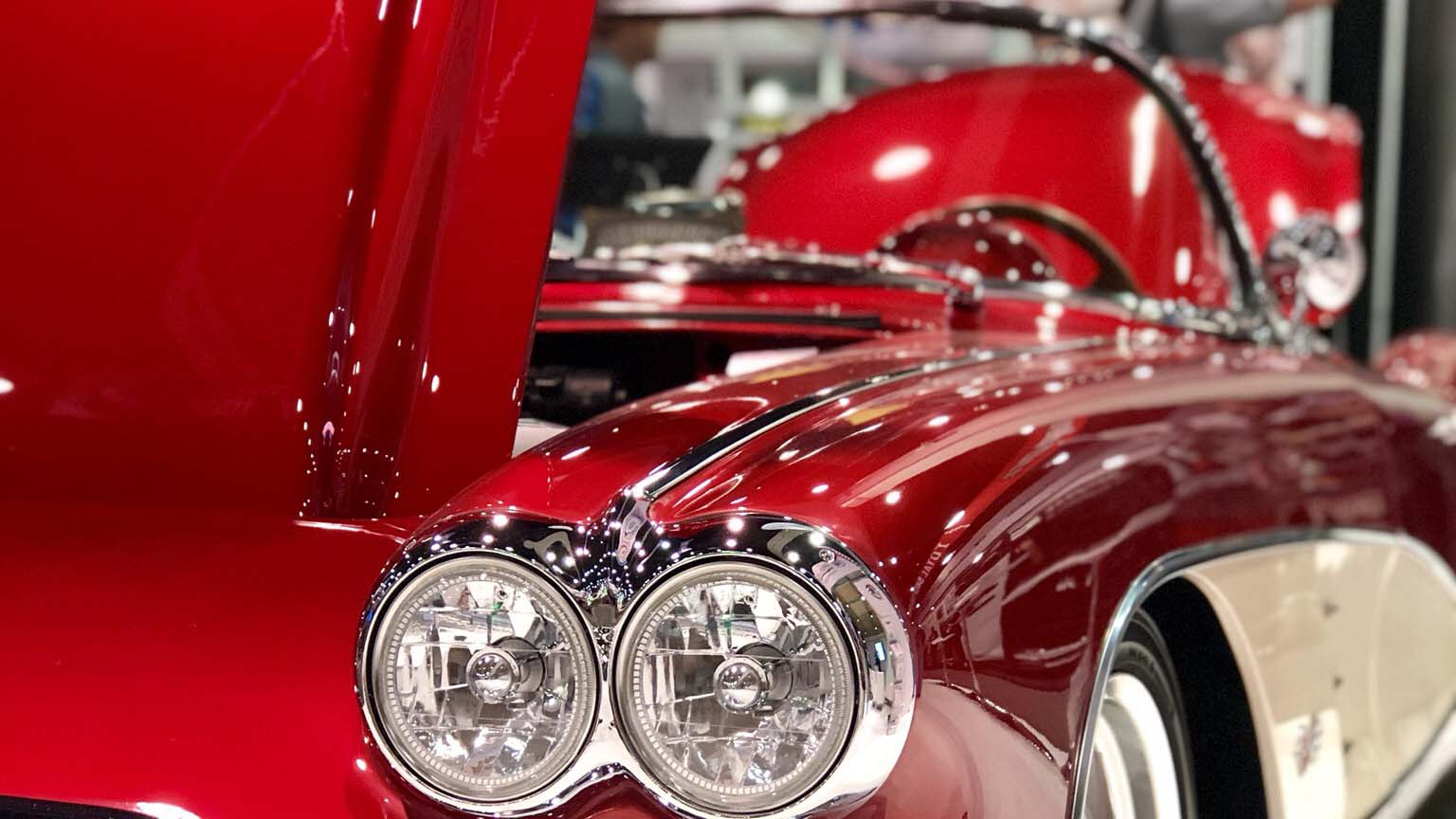Recently added
Related products
Most read
Why use the water-soluble lacquers, when the conventional ones are available?
How much can be “squeezed” out of a color?
How much can be “squeezed” out of a color?
Walking down the aisles of stores or browsing through internet websites with automotive paint products, we see the final effect, that is, a product which is ready to be applied. We ask ourselves what it is that makes paint in a particular can have a particular color. Put simply, it’s the colorant dissolved in a given substance that determines its color. We may think fruit syrup concentrates; when a larger amount of syrup is added to a glass of water, the resulting color is stronger. In the automotive paint industry, pigments are the most common colorant. They are used to prepare pigment pastes, which are then used to manufacture automotive paints.
Pigment is a finely ground, colorful solid which is not soluble in water or organic solvents. It can be synthetic or made from natural ingredients. The most commonly used inorganic pigments in the automotive industry include white pigments, such as titanium white, and black pigments, such as soot, as well as ferrous pigments which are based in iron oxides. Undoubtedly, the most important and numerous group includes organic synthetic pigments, such as azodyes.
The next group of pigments which are very significant for and used widely in the automotive industry are effect pigments, including pearlescent and metallic pigments. he first of these contain mica, a natural mineral. depending on the substance used to coat the particles of mica (titanium dioxide, iron oxide, or chrome oxide), different metallic hues can be achieved, from silver, through red, right up to green. Mica has excellent flaking characteristics and is resistant to fluctuations of temperature and to reactive chemical agents, and is one of the most expensive pigments available on the market. Alumina pigments, in contrast, can be classed according to their structure into a group with a “cornflake” structure, and a regular “silver dollar” structure. Depending on the effect desired, alumina flakes ground to different degrees are fineness are used.
Automotive paints may contain more than one group of pigments, in order to optimize their visual properties; for example, a metallic paint may be enriched with pearlescent pigments. It should be remembered, though, that not all pigments are suitable for grinding, as is the case with effect pigments, which would lose a significant part of the effect that we are trying to achieve were they to be ground. Absorption pigments, on the other hand, require a disperser to stabilize their distribution
The fineness of the grind of particles has a considerable impact on the coverage, hue intensity, and transparency of the paint. Properly preparation of pigment paste is crucial for the repeatability and quality of the product. A perfect example of a paint whose properties depend on the way the pigment paste is prepared are black paints. These can be transparent or with high coverage, or even of a type seen by the human eye as more saturated, more intensely black (such as JetBlack Profix)
In the vast majority of cases, pigments can be used in both solvent- and water-based paints, but the job that these paints are intended to do must be taken into account. That’s why pigments used in water-based paints must be capable of producing the same resistance to fading and color ranges as in solvent-based paints.
Pigment manufacturers are constantly developing new products, and automotive paint manufacturers conduct extensive research on how to achieve the absolute best visual effect while still keeping costs down. As a result, an interesting product has recently appeared on the market, which is designed to transform a 1K waterbase coat into an acrylic lacquer. This is possible thanks to the unique properties of the B 004 Converter Profix. When this resin is added to the paint, we quickly and easily achieve a 2k paint as a result, one which contains effect pigments but does not require the application of a clearcoat.
So, it turns out that from the right ingredient – pigment – we can “squeeze” quite a bit, and that in conjunction with other carefully selected ingredients, we can achieve a final effect which will satisfy even the most demanding customer.










